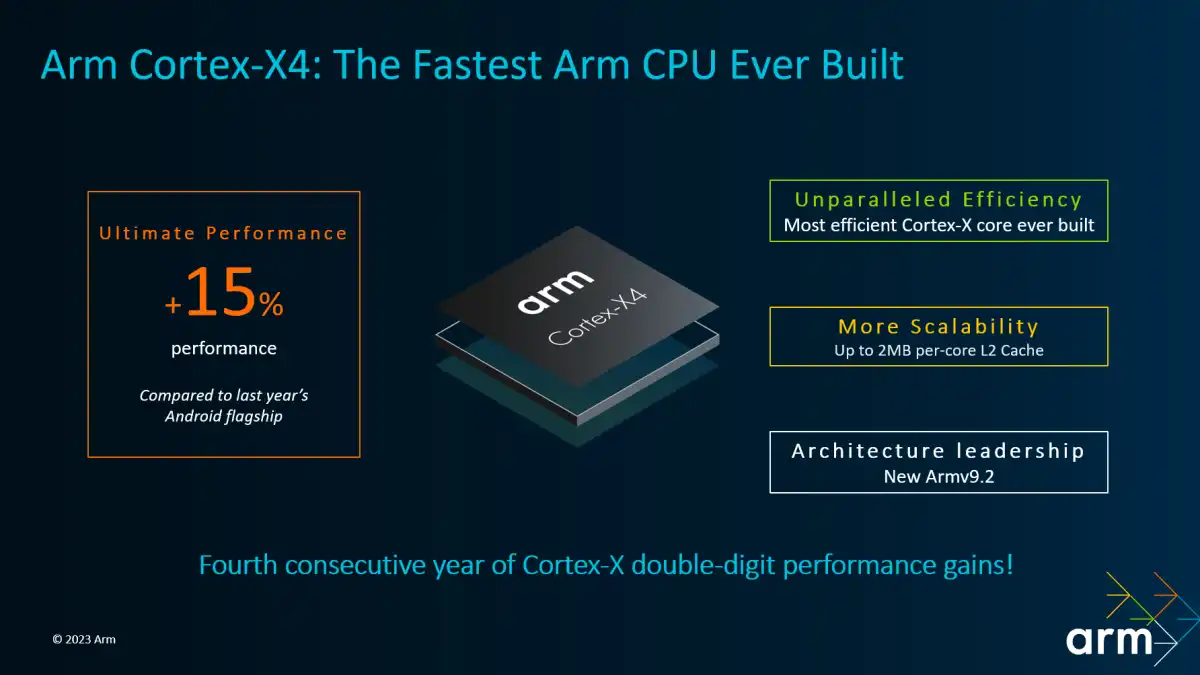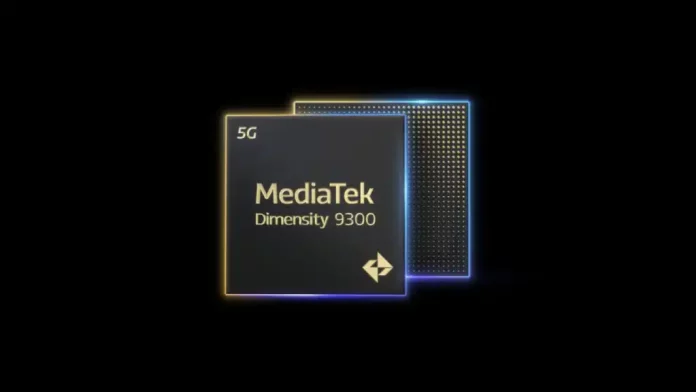Samsung just unveiled its flagship Exynos 2400 processor. Soon later, Qualcomm unveiled the Snapdragon 8 Gen 3 processor.
However, without a contribution from MediaTek, the lineup of premium CPUs for Android devices in the coming year would be incomplete. With the official release of the Dimensity 9300, here’s all you need to know about the new SoC, as well as how it compares to its competitors.
When will the first MediaTek Dimensity 9300 phones launch?
The first smartphones equipped with MediaTek’s Dimensity 9300 chipset are expected to make their debut on the market in late 2023.
Which phones will use the MediaTek Dimensity 9300?
The best bet is to look back at the Dimensity 9200, which was used in phones such as the Vivo X90 Pro and Oppo Find X6, but struggled to overcome Qualcomm’s market domination at the flagship level.
Expect Vivo and Oppo to use the chip again, and Xiaomi to use it in at least one phone – but it might not receive much love after that.
What are the MediaTek Dimensity 9300 specs and features?
CPU
The Dimensity 9300 is built on the same TSMC 4 nm technology as the Snapdragon 8 Gen 3, however the component layout on the platform changes. There is a single major core arrangement on the 8 Gen 3, which is supplemented by five significantly less powerful performance cores and two smaller cores.
In contrast, MediaTek has opted to use four high-performance Arm Cortex-X4 cores capable of up to 3.25 GHz, as well as four Cortex-A720 cores capable of up to 2 GHz. When compared to last year’s Dimensity 9200, this configuration results in a notable 40% boost in multi-core performance.

As a result, the chipset may perform better than Qualcomm’s. However, this is all hypothetical, since only actual tests will indicate whether MediaTek’s edge is real.
Maintaining ideal temperatures and energy efficiency are still important considerations.
Arm claims that the Cortex-X4 is 15% quicker than the previous generation, thus having more of them makes sense. It should also be mentioned that Arm says the X4 has 40% greater power efficiency than the previous generation, so perhaps those enhancements will handle some of the heat control.
While the X4 is intended to handle single-thread operations, the A720 is expected to handle the majority of multi-thread workloads, with the A520 handling background and low-intensity jobs. According to Arm, the A720 is 20% more efficient than the A715 that came before it, with the A520 doing even better at 22% more efficient.

GPU
MediaTek certainly has big aspirations for Arm Immortalis-G720 graphics processor Dimensity 9300. It has 12 cores and is said to provide a 46% boost in ray tracing and peak performance over the Dimensity 9200.
Similarly, the Dimensity 9300 is hailed as the world’s first CPU to enable 9600 Mbps LPDDR5T memory. It remains to be seen if you will detect this.
The new MediaTek SoC also supports up to WQHD screens with a refresh rate of 180 Hz or 4K displays with a refresh rate of up to 120 Hz, as well as two active displays on foldables. Furthermore, the APU 790 chip, which is in charge of AI functions, is predicted to handle AI data up to eight times quicker than its predecessor.

According to MediaTek, the new architecture addresses three important processing trends: scene complexity, improved graphics, and memory system power. The new delayed vertex shading (DVS) process addresses the first issue. It’s all a bit complicated, but the end result is increased FPS, with Arm saying that early testing reveal 33% less bandwidth needed on Genshin Impact and 26% less bandwidth used on Fortnite.
DVS is also being utilized to enhance HDR in gaming, with Arm already reporting greater performance advantages – therefore the improved graphics. Finally, the memory system power goal is to make better use of system resources in order to increase not only performance but also efficiency and energy usage.
Networking
Connectivity is an important feature of the user experience, and the Dimensity 9300 excels in this department as well.
It supports up to 6.5 Gbps Wi-Fi 7 speeds and has MediaTek Xtra RangeTM Technology for increased long-range connectivity. Multi-Link Hotspot technology improves smartphone tethering speeds even more, claiming to be up to three times quicker than previous options.


